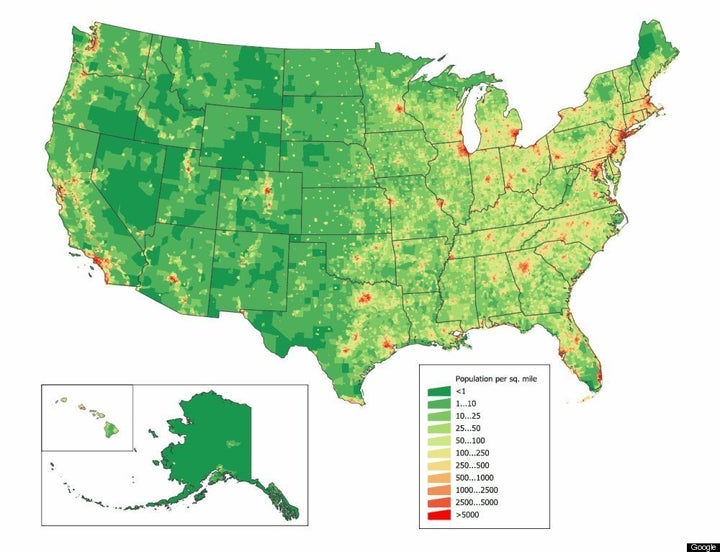
Among the information I provide are United States turnout rates for those eligible to vote. When I first published these statistics about a decade ago, I showed that the much lamented decline in voter turnout was a myth. Turnout had not declined, the ineligible population had increased. Indeed, in 2008 we reached the "high" levels of turnout in the 1950s and 1960s. These turnout rates are now used widely by the media and academia. Pick up an American politics textbook, and you're likely to see these turnout rates.
With that in mind, the time has come to release the 2010 voting-age and voting-eligible population estimates.
Perhaps the most interesting trend in these statistics is that the non-citizen population of the United States is growing smaller. The Census Bureau's American Community Survey shows that the percentage of non-citizens among the voting-age population has decreased from 8.6% in 2006 to 8.3% in 2010. There are two likely causes for this decline. The most obvious is the economy is making America a less attractive place for jobs. The less obvious is that in 2007 Immigration and Naturalization Services cleared a sizable backlog in the number of citizenship applications.
As the election draws near, I will again track early voting numbers. These numbers, along with turnout in comparable state races, will enable me to make a 2010 turnout rate forecast. Of course, after the election, I will post the final turnout rates using the numbers reported by state election officials.